Design your own Rolls-Royce with new Coachbuild division
Rolls-Royce's new Coachbuild department – which formalises the step above Bespoke – represents the last realm of limitless luxury design
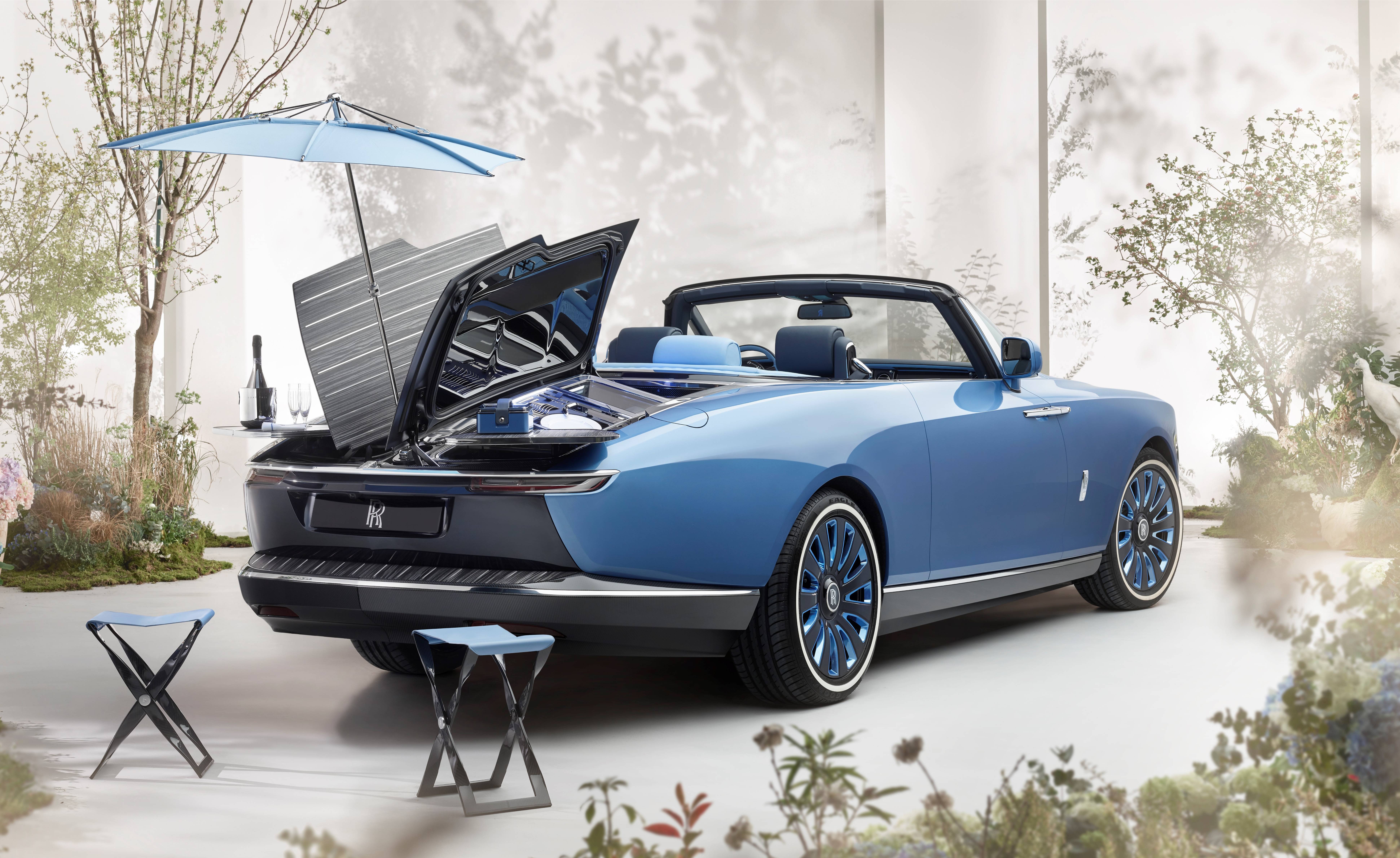
Throughout its long history, it’s safe to say that no two Rolls-Royces have ever been completely identical. Granted, there are the occasional special order from clients like the Hong Kong’s Peninsula Hotel, which ordered 14 examples of the long-wheelbase Phantom back in 2006 as guest transportation, but traditionally a Rolls-Royce is intended to be a place where a customer can go wild with personalisation. ‘Standard’ cars are offered in practically limitless combinations of colour and trim (44,000 paint colours, no less), while the company also has a dedicated Bespoke department (great minds think alike) that brings craftspeople, designers and even artists on board to inject unique components into a car, be it a particular material, a piece of marquetry, or even hand-painted silk upholstery.
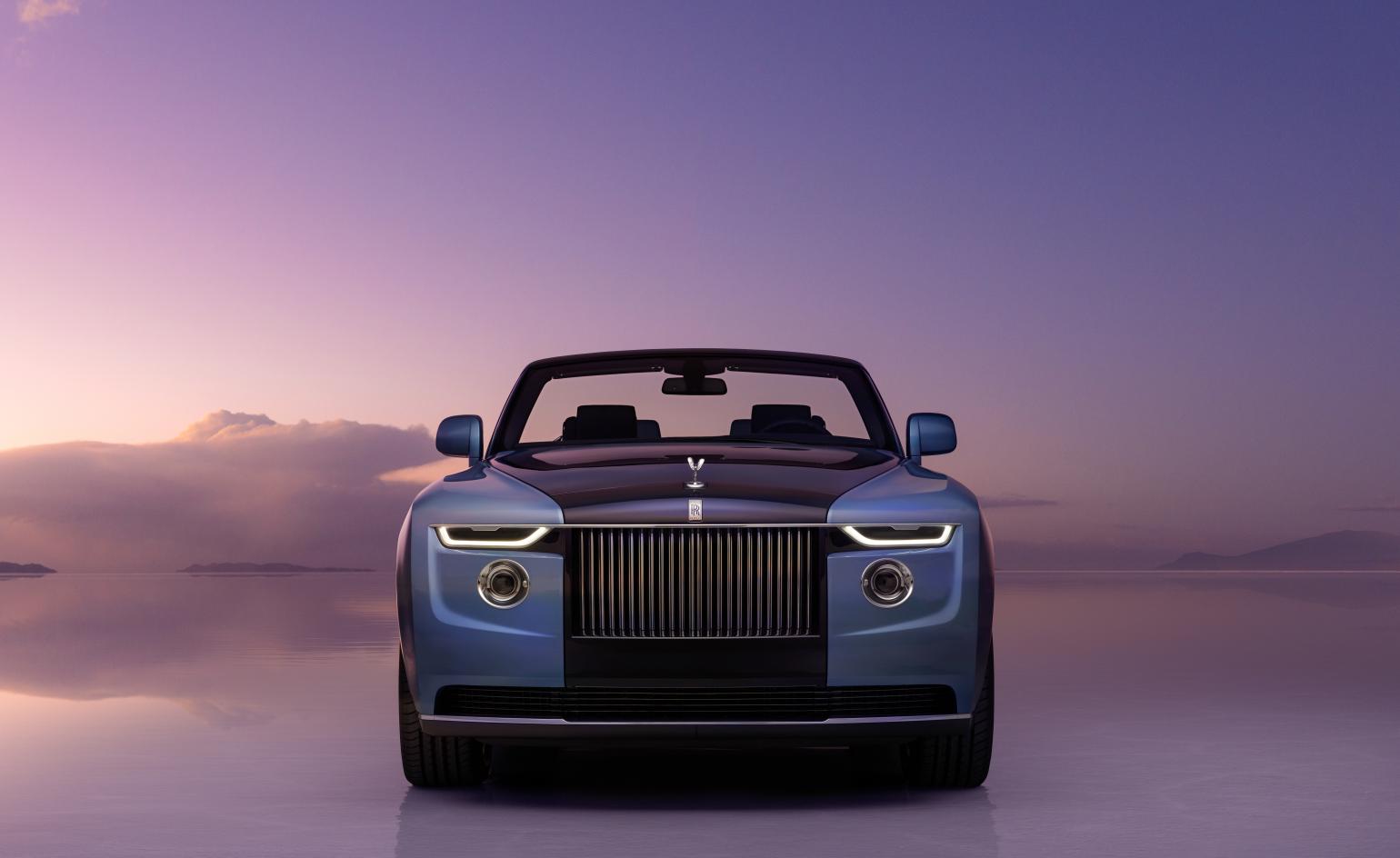
The Rolls-Royce Boat Tail presents a minimal new face for the marque
Then there is Coachbuild, a new department that formalises the step above Bespoke. This is perhaps the last realm of limitless luxury design, alongside homes and yachts: the process of designing a car for yourself. Coachbuild allows you to go above and beyond the body styles available to everyone else and make choices that, although expensive, will ensure your Rolls-Royce is unlike any other vehicle in the world. The art of coachbuilding was once an integral part of the luxury business model, with manufacturers delivering chassis to be swathed in bodywork by specialist firms. By the 1920s, the majority of car companies had brought this process in-house, leaving only a select group of coachbuilders to serve the upper echelons of the luxury and sports market. Advances in engineering also made the practice more complex, as cars moved from body-on-frame construction to monocoques, with the body and chassis one structural piece.
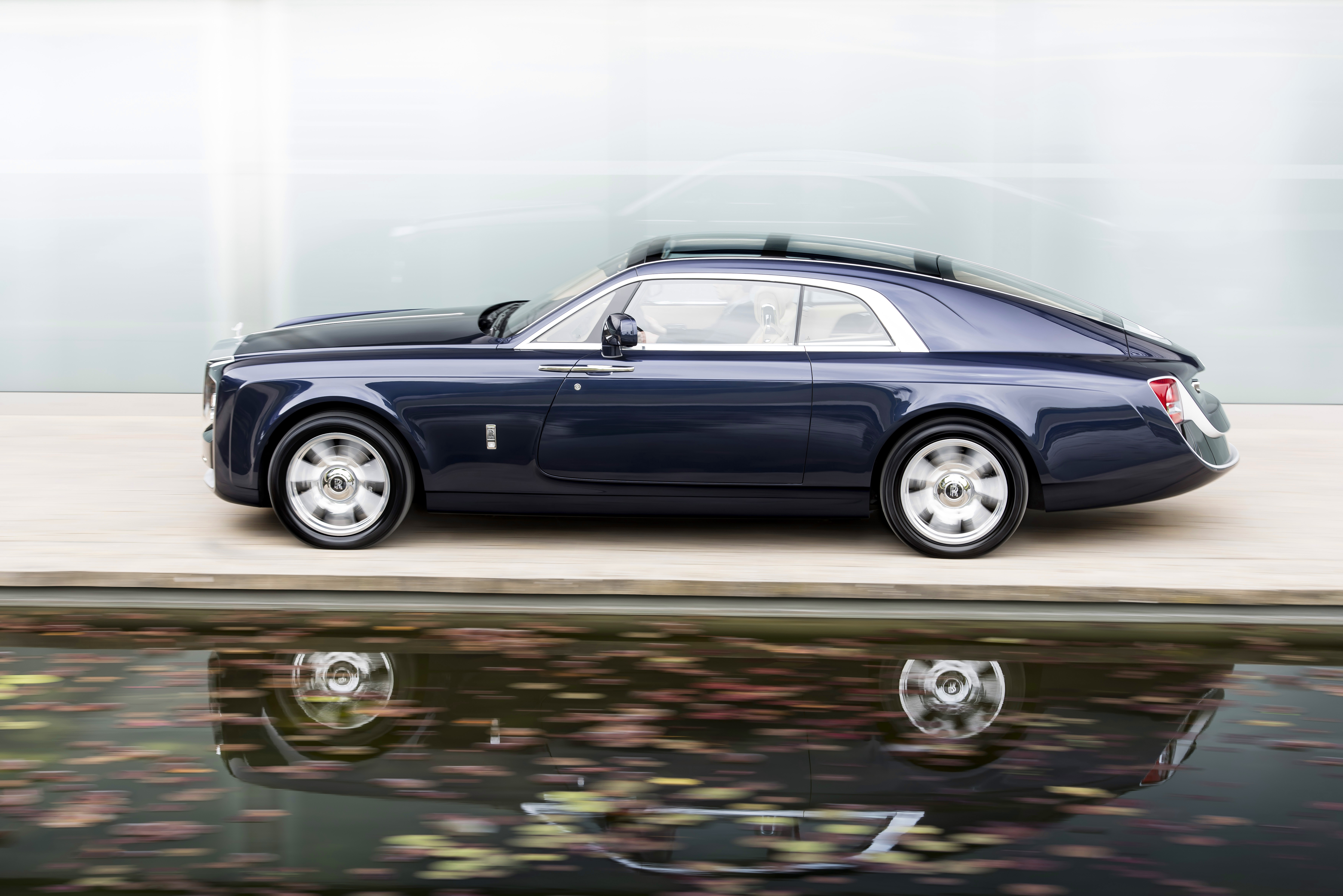
The 2017 Rolls-Royce Sweptail, a one-off design that heralded the start of a new era of Rolls-Royce Coachbuild
The last decade has seen a resurgence in strictly limited run production cars, with price tags to match. The flexibility of a modern car platform allows for more manufacturing flexibility than ever before, but the process is still intense. Boat Tail’s immediate predecessor was the one-off Rolls-Royce Sweptail of 2017, a vast two-door coupé that evoked the proportions and glamour of 20s and 30s motoring. Built on an aluminium space frame platform, like all modern Rolls-Royces, it was rumoured to cost in the region of £10m to design, develop and build (although Rolls-Royce would never discuss anything so vulgar as price with the media). The vehicle was delivered to an owner in Europe who, by all accounts, uses it on a regular basis.
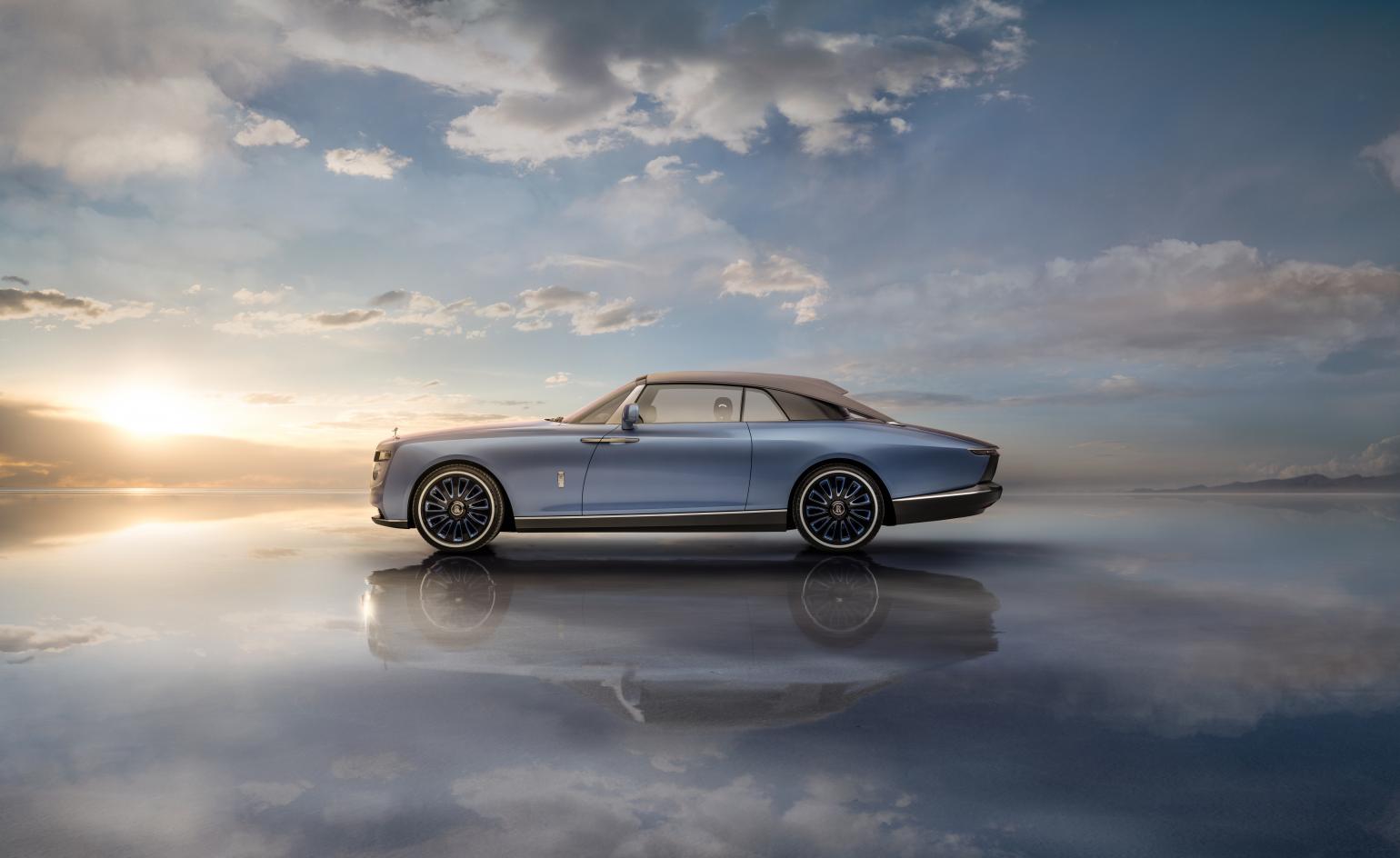
The Rolls-Royce Boat Tail features a removable canopy roof
Now the company has announced its successor, a trio of coachbuilt convertibles known as the Rolls-Royce Boat Tail. Alex Innes, newly announced Head of Rolls-Royce Coachbuild Design, worked on the inception and creation of Boat Tail from the outset. ‘The car originated with an unfiltered conversation with a client, catalysed by the release of the Sweptail model,’ he recalls, ‘This set the bar extremely high.’ The challenge was to create something unique, inspired in part by a car in client’s collection, a 1932 Rolls-Royce Boat Tail. ‘This is an obviously modern interpretation of that iconic ‘boat tail’ bodystyle,’ he says, ‘These cars are the original of the nautical references in luxury car design.’
Stylistically, Boat Tail features a pared-back, almost minimalist approach to Rolls-Royce’s signature elements. The front end evokes the stark brutalism of Rolls-Royce’s 103EX concept electric vehicle from 2016, with a strong horizontal emphasis and narrow LED lights. ‘We had more creative latitude than we’re used to,’ says Innes, ‘so the grille has become less formal and the ‘pediment’ that sits atop the ‘Pantheon’ is rendered in the body colour for the very first time.’ The car’s flowing lines are formed from immense body panels, which had to be shaped from hammer-formed aluminium. This labour-intensive method allows the finished car to have no apparent shut-lines at all in the front section, further emphasising the long, gently falling fender line that leads to the tapering rear form.
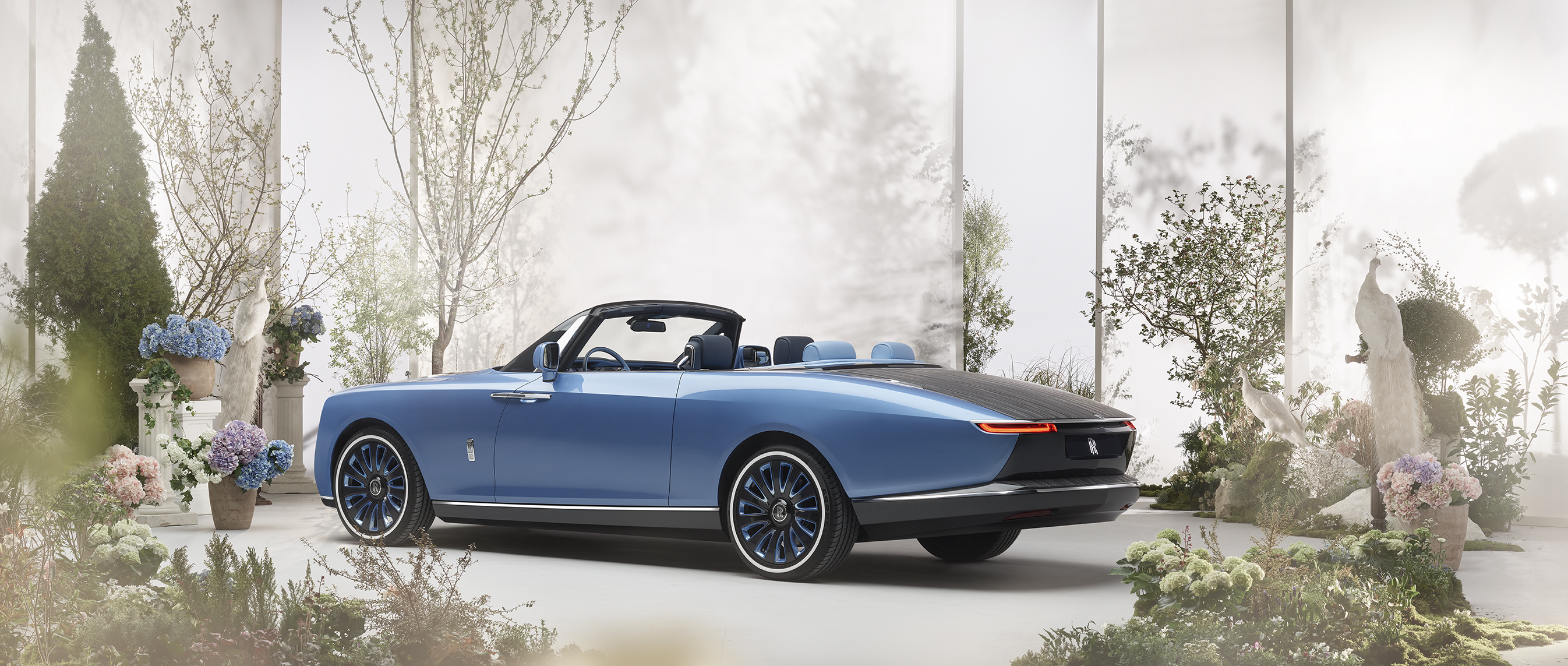
Rolls-Royce Coachbuild have incorporated the client's favourite colour into every element of the car
The colour scheme is particularly striking; naturally, this blue is the client’s favourite. The hue is carried through into the wheels, the leather and all the details and accessories, with a hand-finished 2-tone gradation on the bonnet. The cabin and rear deck make extensive use of Caleidolegno veneer, a grey and black open pore material that has been enhanced for use on the exterior surfaces. Brushed stainless steel inlays add a further nod to yacht construction. Inside, the veneer is ‘book matched’ for symmetry. ‘It’s a car that represents a sense of occasion like nothing else,’ Innes admits as he unveils the secrets of the rear deck, or 'hosting suite'. Concealed beneath two butterfly-like doors – inspired in part by Santiago Calatrava’s architecture – is a picnic set like no other. The company describes it as a ‘treasure chest of moving parts’ which opens up and automatically moves cocktail tables into place. The twin storage areas represent two sides of the ultimate al fresco dining experience; aperitifs and champagne on the port side, while food is served up starboard. The internal fridge is designed to fit Armand de Brignac champagne, with bespoke champagne flutes, plates and cutlery by Christofle of Paris. The folding stools are made by Promemoria in Italy and use twisted carbon fibre, while the pièce de resistance is a folding parasol that was, according to Innes, subjected to ‘insane levels of detail.’ The car’s removable hard top roof is a work of art, formed from carbon fibre for lightness (‘hearing carbon fibre in association with Rolls-Royce almost makes me shiver,’ says Innes), with tapering flying buttresses that are anchored halfway down the plunging rear deck to give the car even more of a nautical edge.
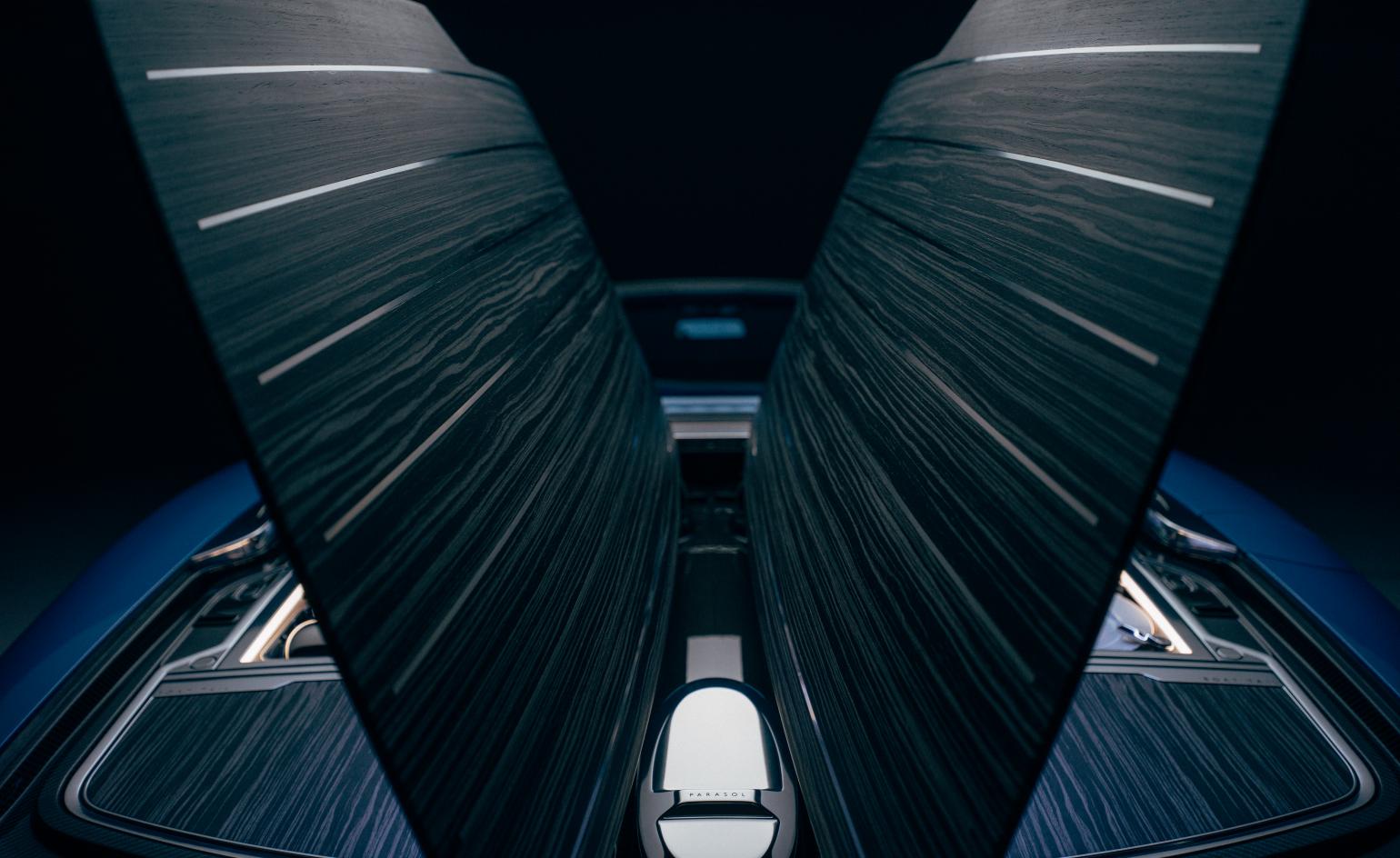
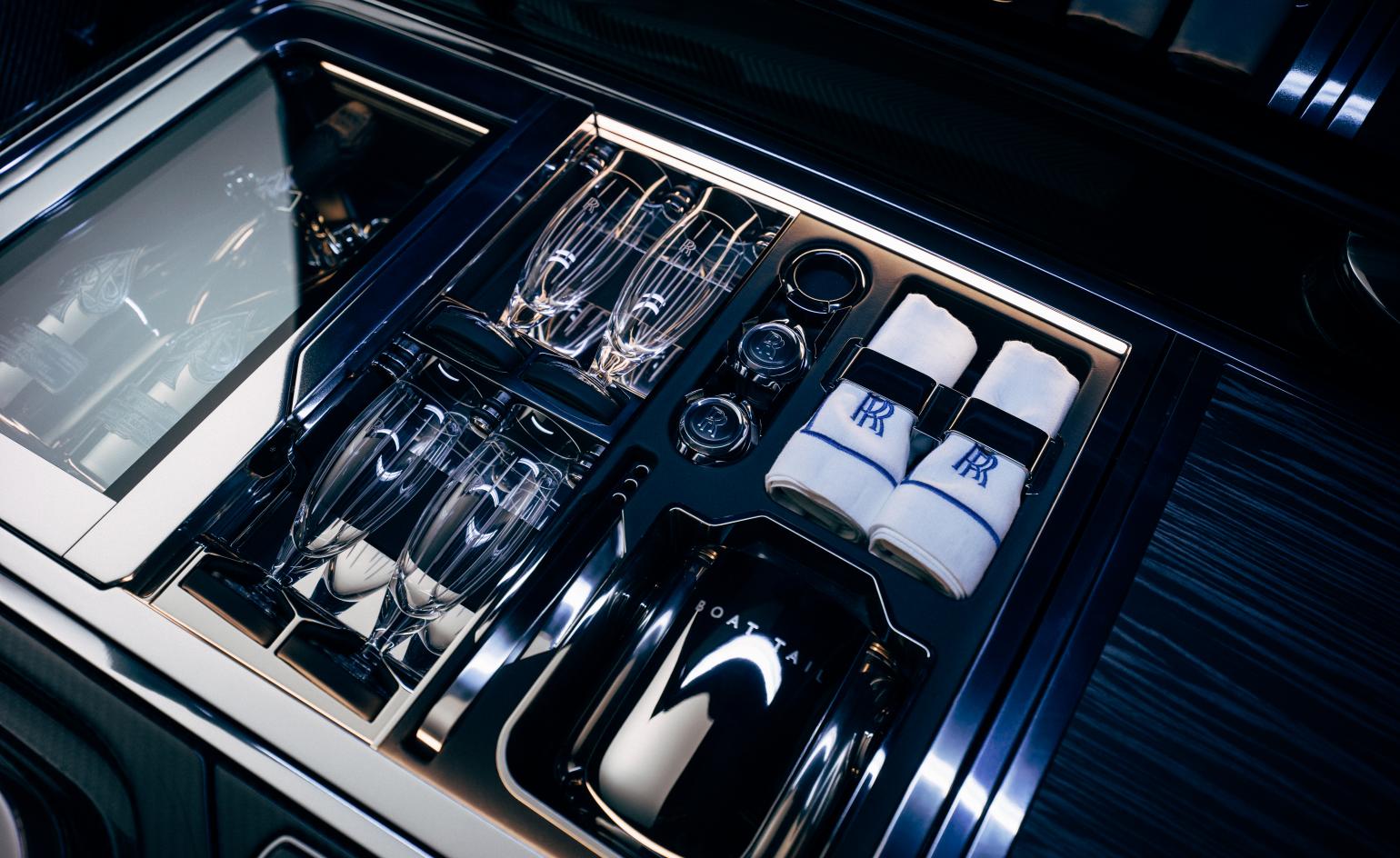
Folding doors in the 'hosting suite' reveal a picnic set and a champagne fridge
Rolls-Royce describes Boat Tail as a ‘counterpoint to industrialised luxury.’ ‘Boat Tail is not a ‘more is more’ car,’ says Innes, ‘it has a modernity and restraint.’ Nevertheless, certain elements of its 1%-powered eccentricity demonstrate that one person’s restraint is not quite like another’s. For example, the dashboard incorporates storage for two unique timepieces built for the car by Swiss house BOVET 1822, while there is also a hand-made case for a ‘particularly cherished’ Montblanc pen tucked into the glove box.
Wallpaper* Newsletter
Receive our daily digest of inspiration, escapism and design stories from around the world direct to your inbox.
Like the Sweptail before it, there is every indication that its new owner wishes to use the car on a regular basis. In all, the creative process and construction of the Boat Tail series took around four years and involved the creation of 1,813 unique parts. This blue car is the only one that will be published; the other two share the same proportions and bodywork but differ greatly in trim and detail design, ‘each imbued with the unique, highly personal imprint of the commissioning patron, thereby telling differing stories,’ according to Innes. Yacht building is referenced not just in the forms and materials of the cars, but in the nature of the process itself, with collaborative meetings between the client and design. ‘From the client there was nothing but engagement,’ Innes enthuses, ‘what you see here is the real potential of a true collaboration.’
As well as appointing Innes to head up the Coachbuild Division, Rolls-Royce has also announced a new design director, Anders Warming. A long-term BMW Group stalwart, and also the head of his own agency, Warming Design, the Danish car designer has had stints as Head of Design at MINI and Exterior Chief Designer at BMW.
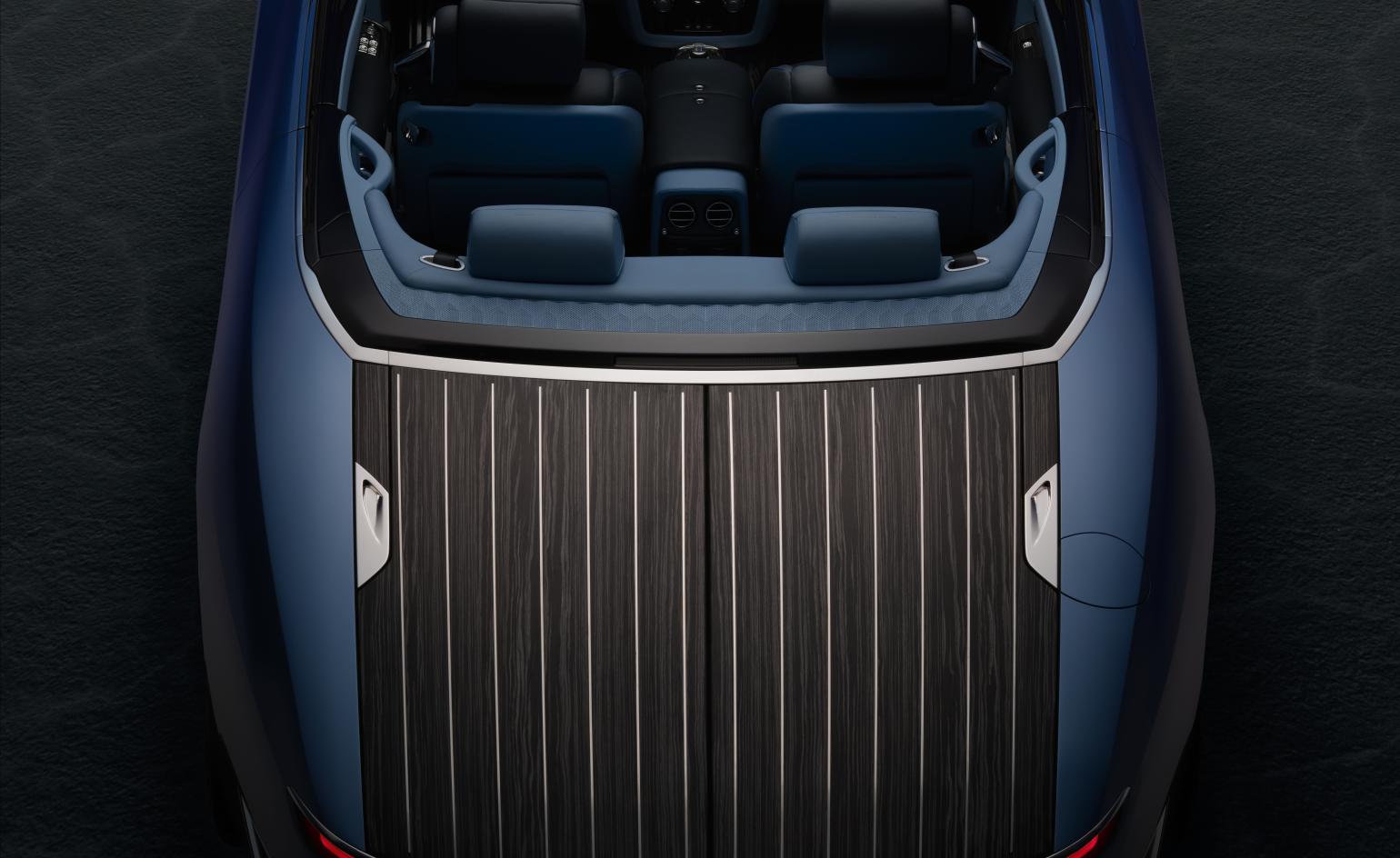
INFORMATION
Jonathan Bell has written for Wallpaper* magazine since 1999, covering everything from architecture and transport design to books, tech and graphic design. He is now the magazine’s Transport and Technology Editor. Jonathan has written and edited 15 books, including Concept Car Design, 21st Century House, and The New Modern House. He is also the host of Wallpaper’s first podcast.
-
 All-In is the Paris-based label making full-force fashion for main character dressing
All-In is the Paris-based label making full-force fashion for main character dressingPart of our monthly Uprising series, Wallpaper* meets Benjamin Barron and Bror August Vestbø of All-In, the LVMH Prize-nominated label which bases its collections on a riotous cast of characters – real and imagined
By Orla Brennan
-
 Maserati joins forces with Giorgetti for a turbo-charged relationship
Maserati joins forces with Giorgetti for a turbo-charged relationshipAnnouncing their marriage during Milan Design Week, the brands unveiled a collection, a car and a long term commitment
By Hugo Macdonald
-
 Through an innovative new training program, Poltrona Frau aims to safeguard Italian craft
Through an innovative new training program, Poltrona Frau aims to safeguard Italian craftThe heritage furniture manufacturer is training a new generation of leather artisans
By Cristina Kiran Piotti
-
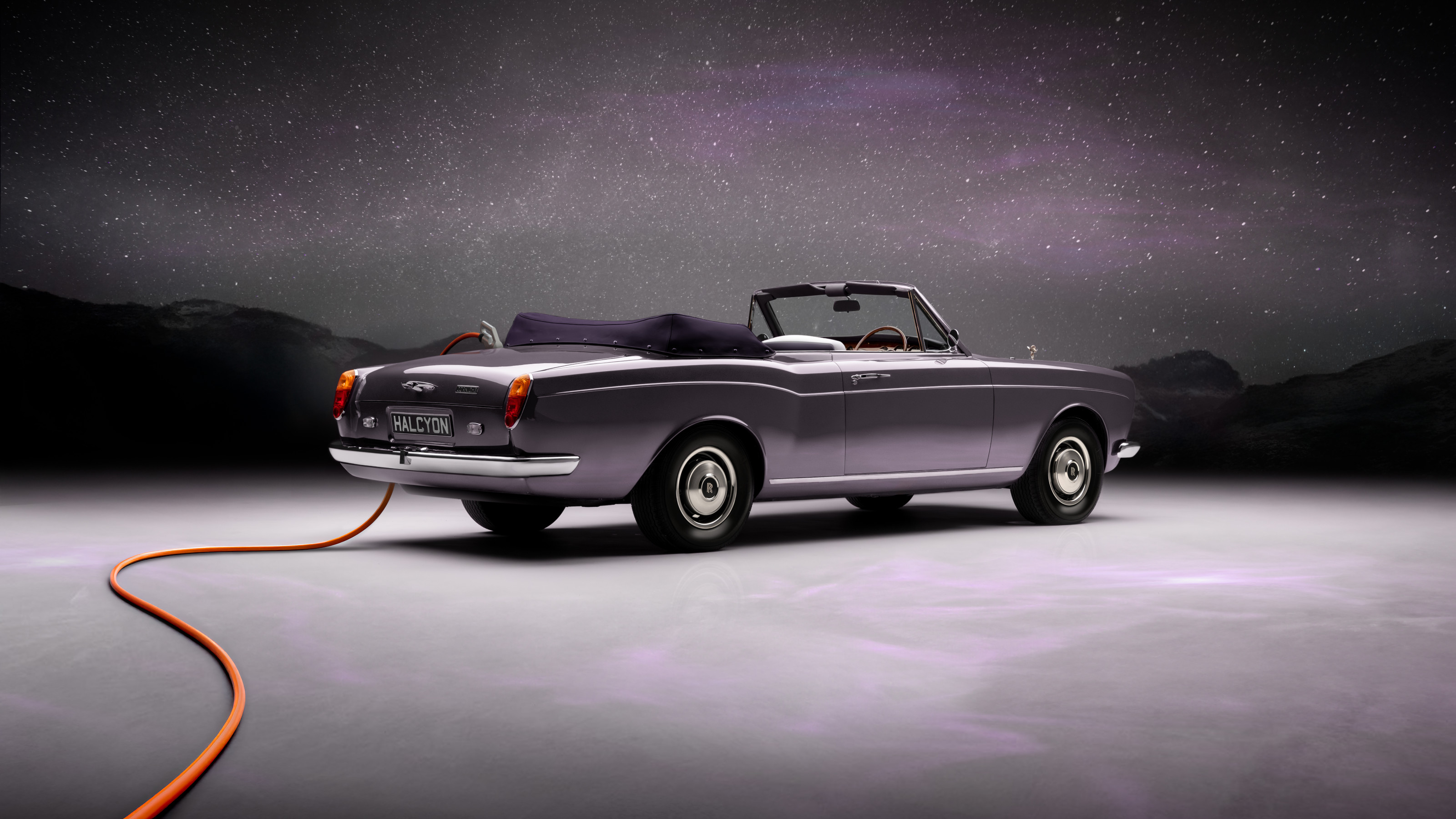 EV start-up Halcyon transforms a classic 1970s Rolls-Royce into a smooth electric operator
EV start-up Halcyon transforms a classic 1970s Rolls-Royce into a smooth electric operatorThis 1978 Rolls-Royce Corniche is the first fruit of a new electric restomod company, the Surrey-based Halcyon
By Jonathan Bell
-
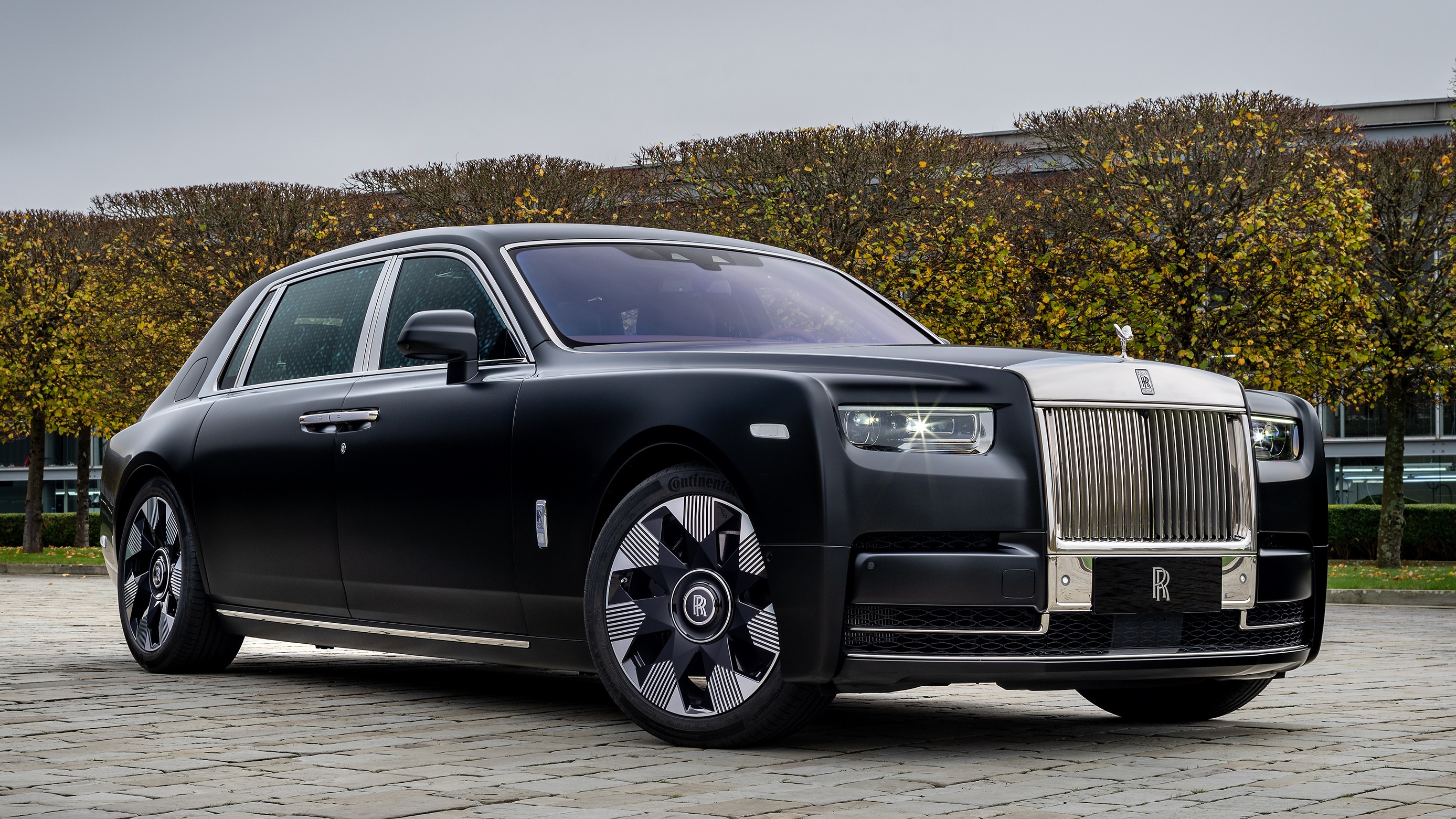 Rolls-Royce Phantom Dragon crosses cultures with a highly crafted approach
Rolls-Royce Phantom Dragon crosses cultures with a highly crafted approachThis one-of-one Phantom Extended has been built as a celebration of the outgoing Year of the Dragon, overseen by Rolls-Royce’s Shanghai Private Office
By Jonathan Bell
-
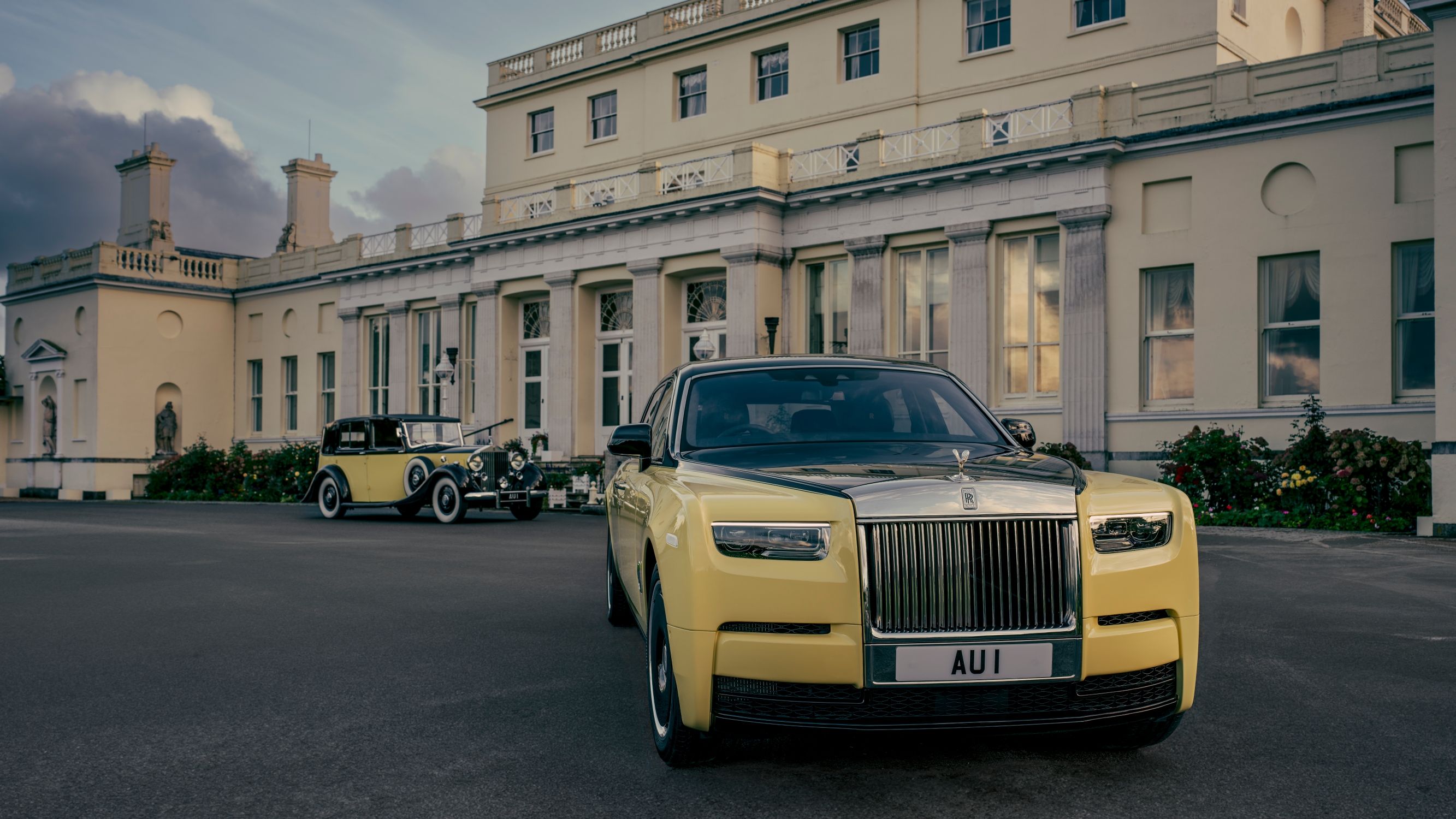 Rolls-Royce re-imagines the classic wheels of one of James Bond’s greatest antagonists
Rolls-Royce re-imagines the classic wheels of one of James Bond’s greatest antagonistsFor one lucky Rolls-Royce owner and Fleming obsessive, this one-off Phantom Goldfinger will blur the lines between cinematic fantasy and real life
By Adam Hay-Nicholls
-
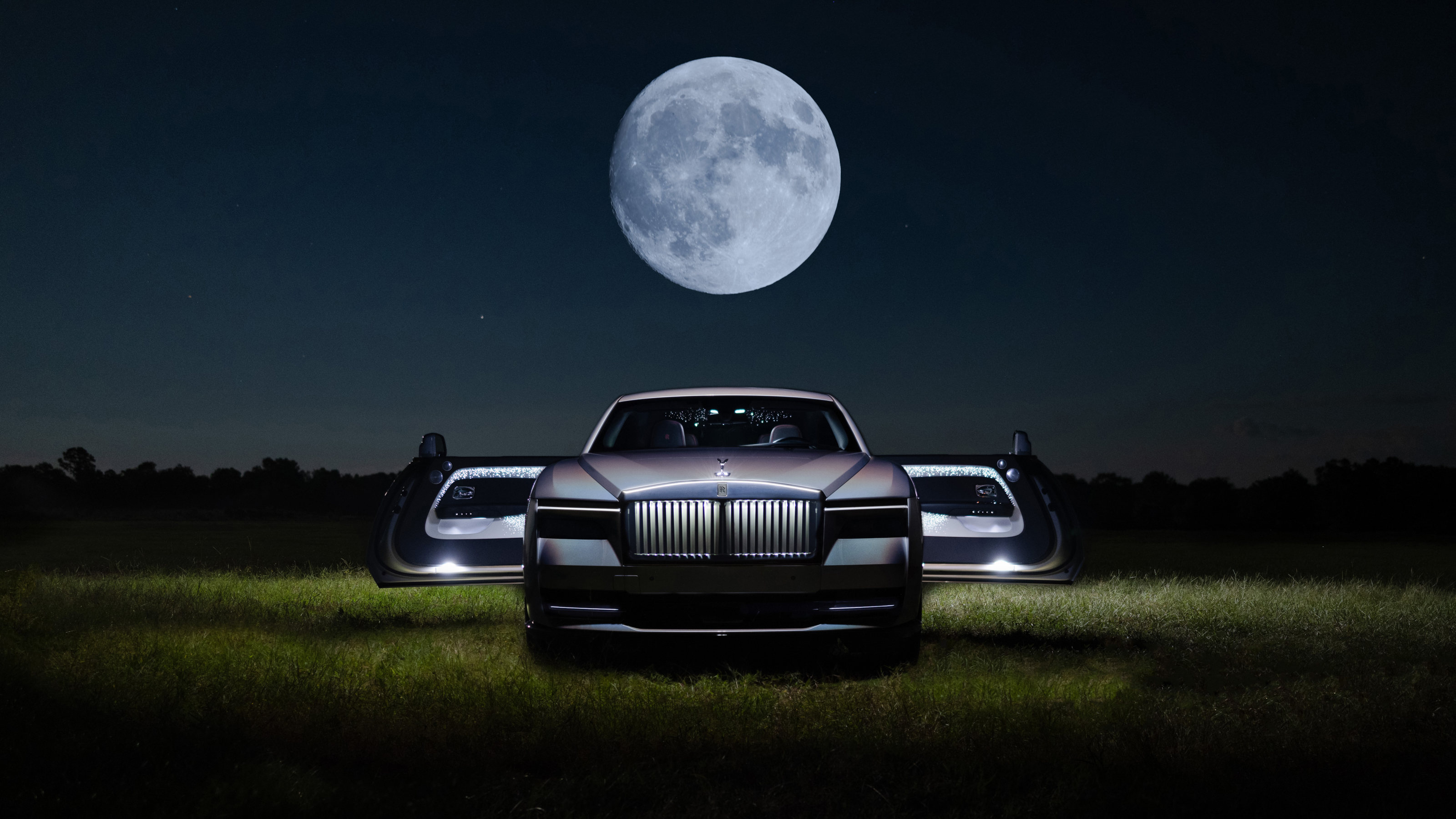 Rolls-Royce’s Bespoke division pushes paint technology to the limits in the Spectre Lunaflair
Rolls-Royce’s Bespoke division pushes paint technology to the limits in the Spectre LunaflairThis one-off commission transforms Rolls-Royce’s all-electric Spectre into a shimmering spectacle inspired by atmospherical effects
By Jonathan Bell
-
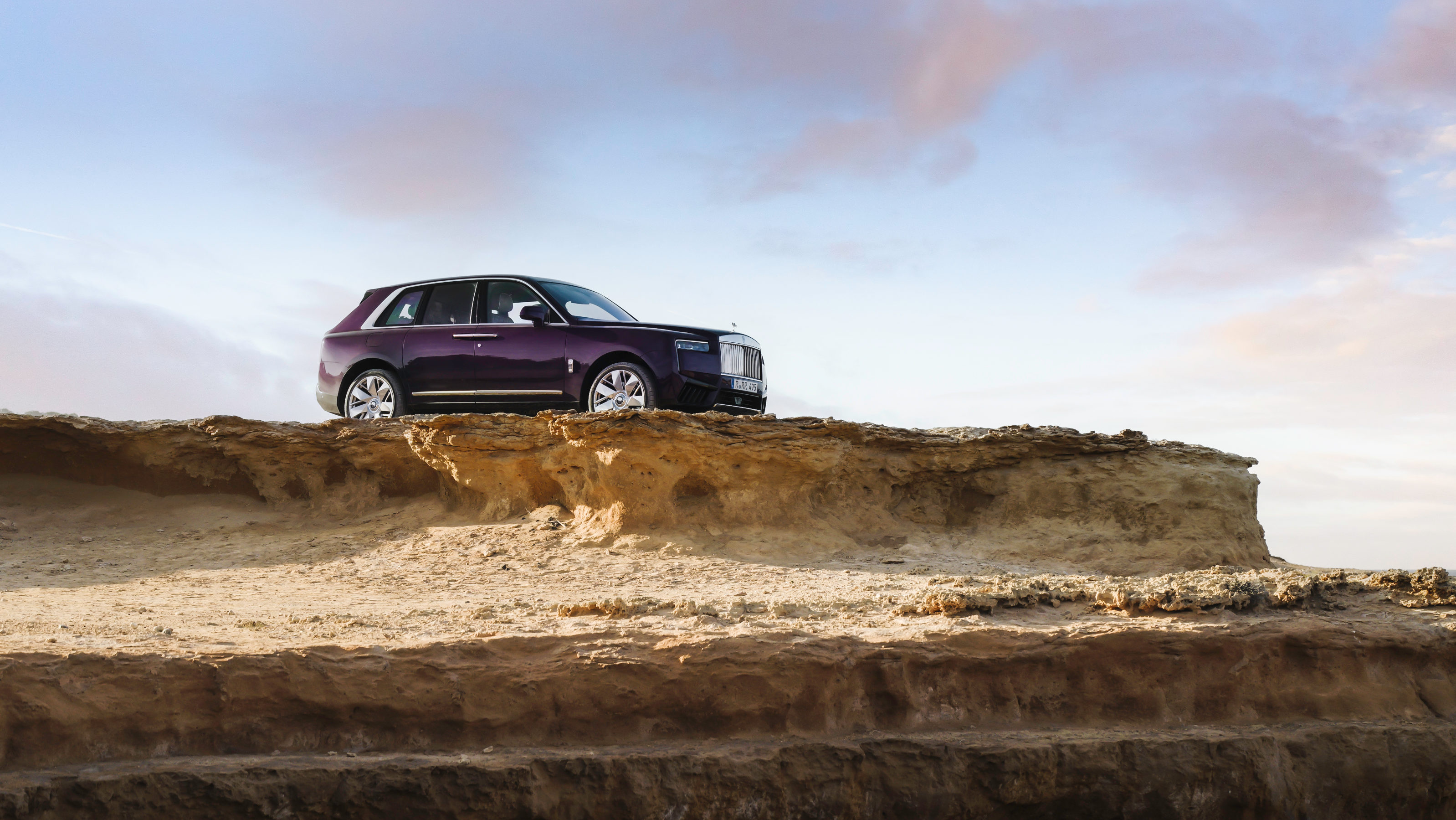 The subtly revised Rolls-Royce Cullinan offers clients an instantly commanding presence
The subtly revised Rolls-Royce Cullinan offers clients an instantly commanding presenceA Rolls-Royce is no longer the ‘best car in the world,’ but the best way to make your mark on automotive culture. Cullinan Series II goes even further into the world of branded storytelling and subtle oneupmanship
By Jonathan Bell
-
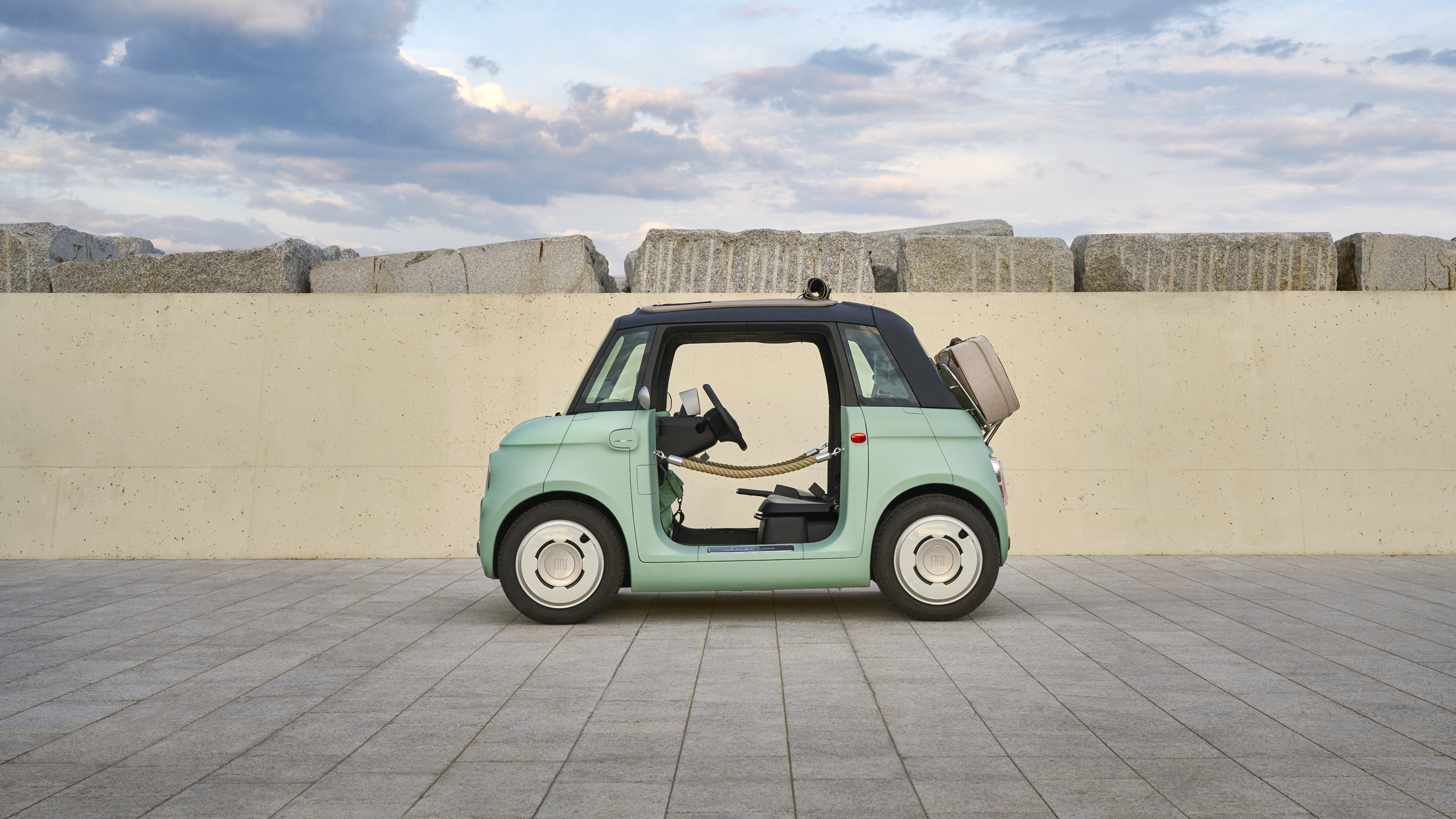 Year in review: top 10 transport design stories of 2023, selected by Wallpaper’s Jonathan Bell
Year in review: top 10 transport design stories of 2023, selected by Wallpaper’s Jonathan BellJonathan Bell’s top 10 transport design stories of 2023 span from electric campers and microcars to flying yachts and classic car recreations
By Jonathan Bell
-
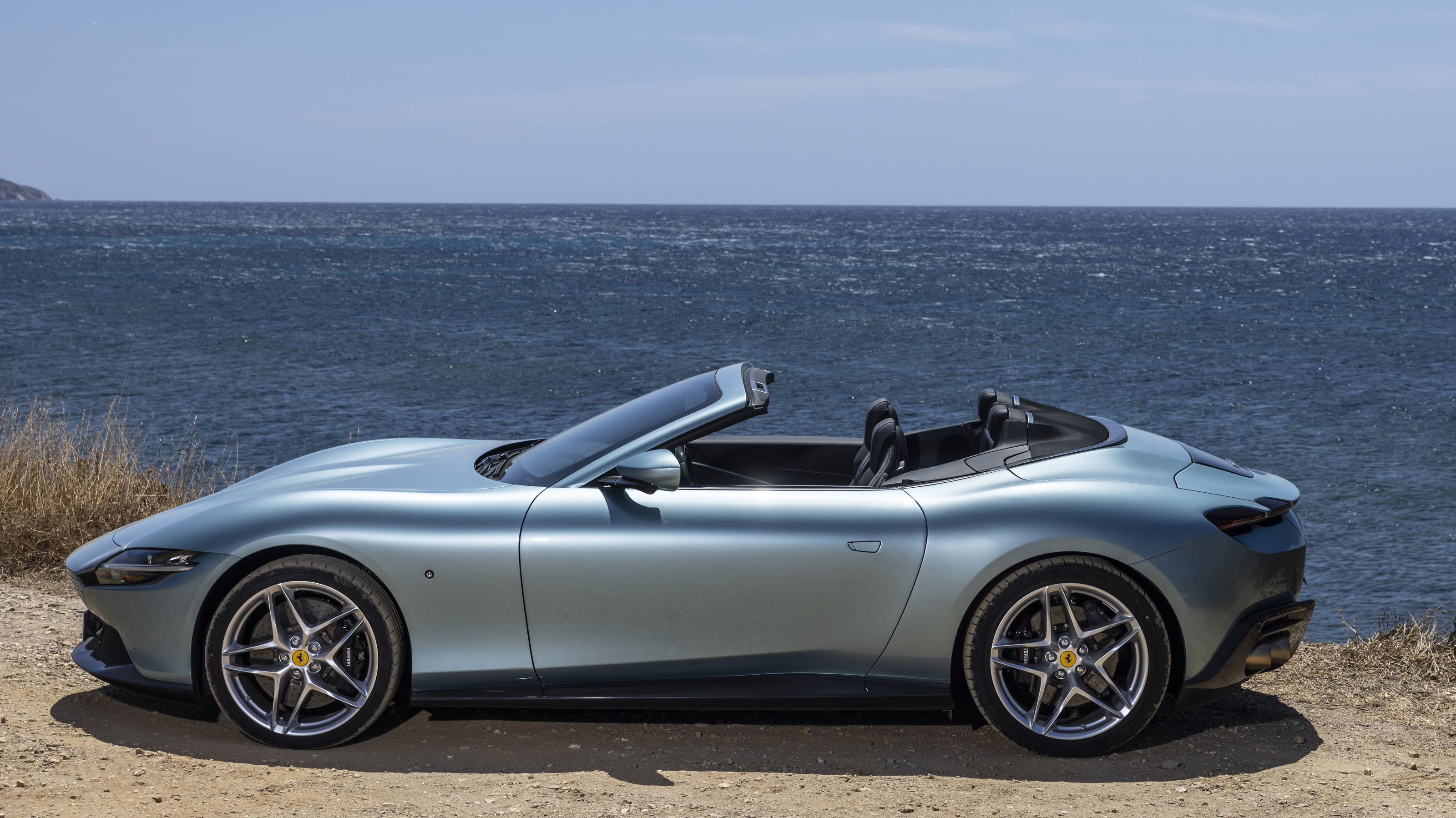 Year in review: the top 10 cars of 2023, as selected by Wallpaper’s Jonathan Bell
Year in review: the top 10 cars of 2023, as selected by Wallpaper’s Jonathan BellWhat were the best four-wheeled offerings of 2023? Transport editor Jonathan Bell takes us through the year’s most intriguing automobiles
By Jonathan Bell
-
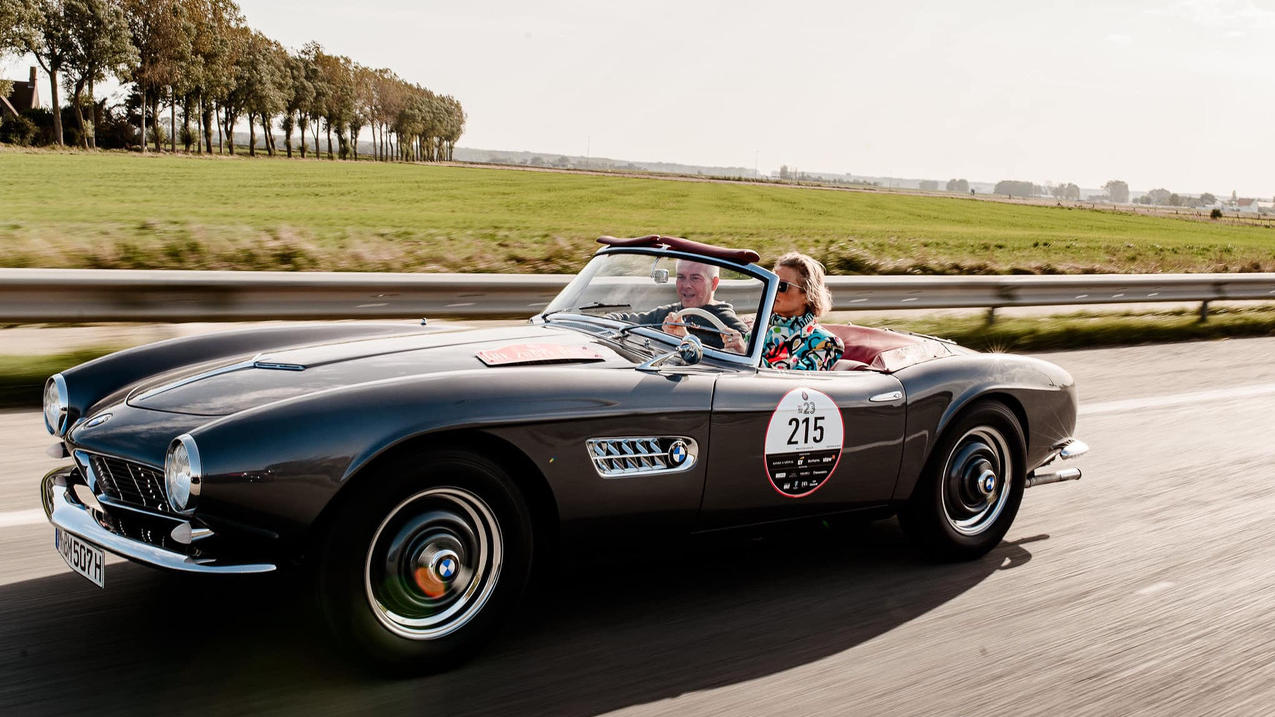 Zoute Grand Prix is a car fest like no other at a pristine Belgian beachside town
Zoute Grand Prix is a car fest like no other at a pristine Belgian beachside townAmy Serafin takes to the well-heeled streets of Knokke-Heist to experience the Zoute Grand Prix, its annual cavalcade of classic car-related events, from a rally to an auction
By Amy Serafin